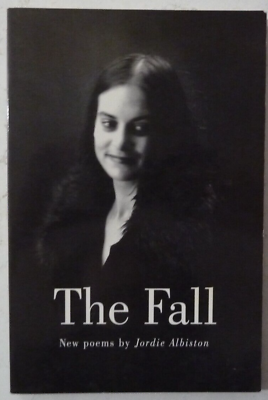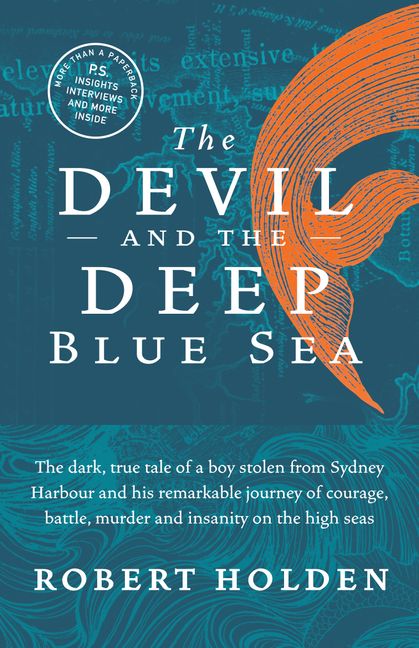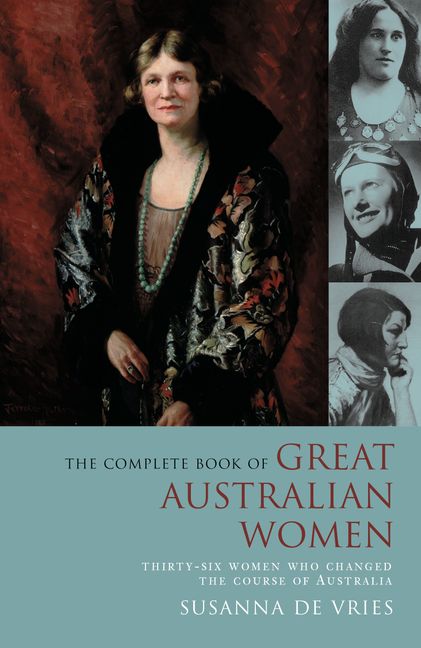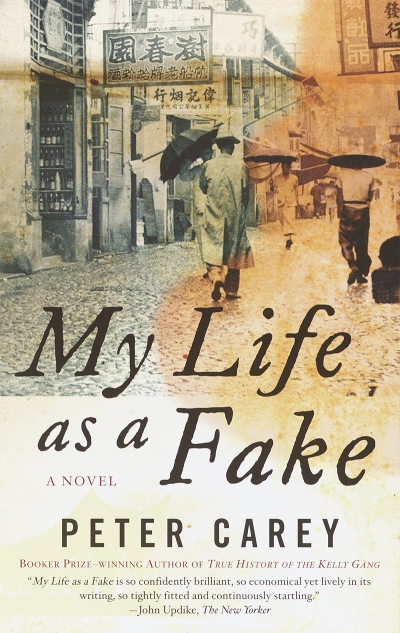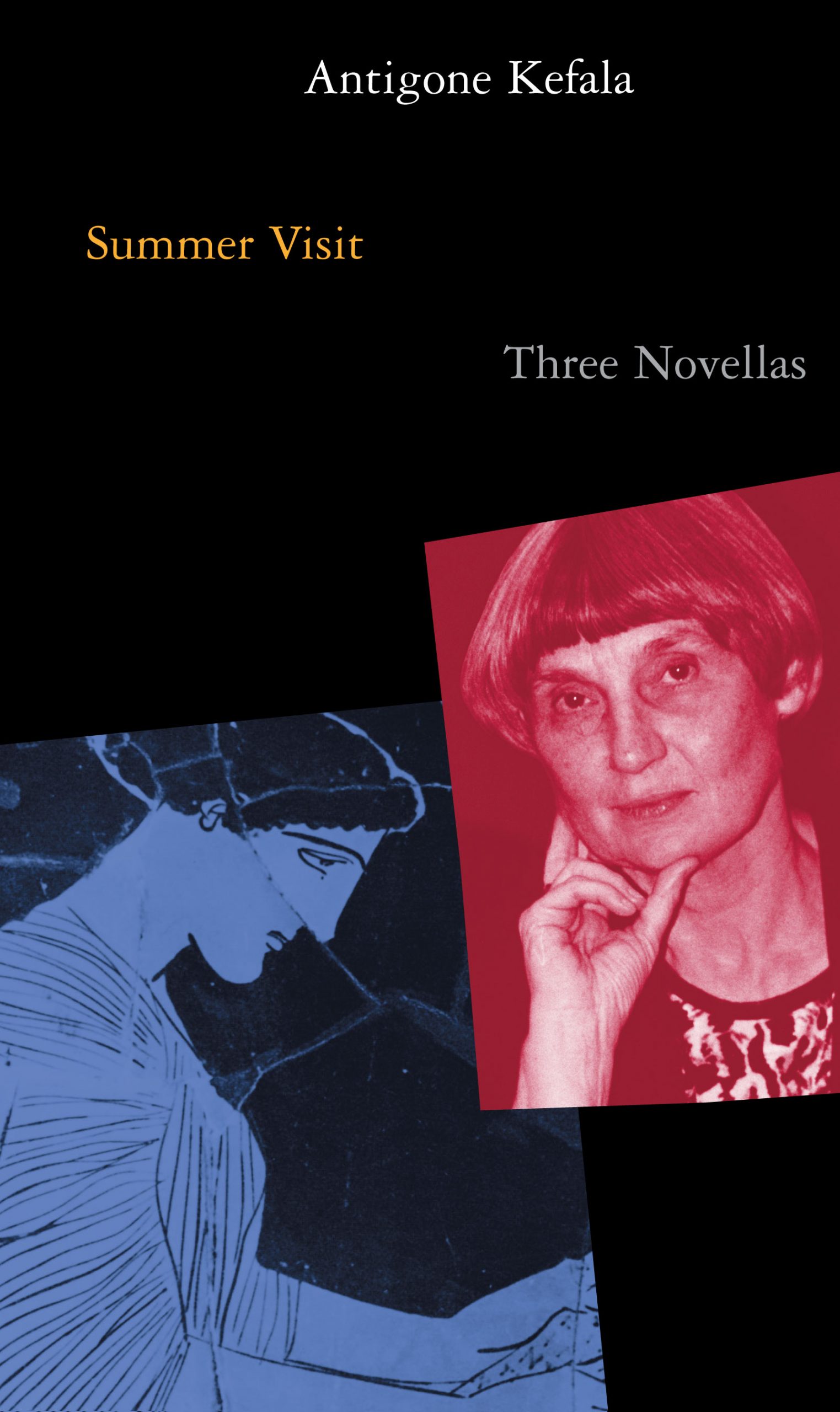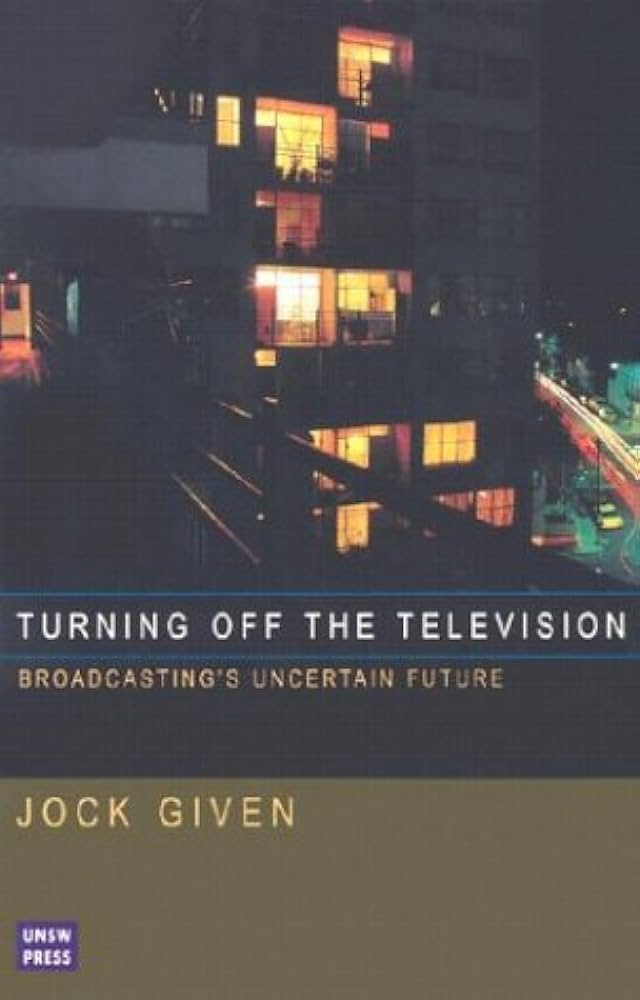Archive
The Complete Book of Great Australian Women: Thirty-six women who changed the course of Australia by Susanna de Vries
It’ll be dawn before the sawing’s done; all night
cutting it up, yet by dark’s end, a pine,
or cypress moon, fragrant, awaiting finish. I watch
that they haven’t already given
my colourless signature; of your
hands other than to shade
your eyes as the sun burnishes
the windows, then carries on
to the grey porticos of the square.
I see pigeons on the gold-lit roof
of the Cathedral of St Christopher,
and as I stir my brush about
my palette – scarlet is what
I pray for; scarlet that flows under
a vanquished bridge; that lives
with finches in the tops of trees
because, desire, you said,
should always live on the wing.
... (read more)
Born to a seamless ordinance of heat,
Small wonder I remember best Indoors,
The too-small carpets slipping round the floors
And ‘Under the house’, a region to retreat
Summer Visit by Antigone Kefala & The Island/L’île/To Nisi by Antigone Kefala
Turning off the Television by Jock Given & Media mania by Hugh Mackay
Art is a strange posing of discoveries, a display of what was no more possible. For it is the task of the creative artist to come up with ideas which are ours, but which we haven’t thought yet. In some cases, it is also the artist’s role to slice Australia open and show it bizarrely different, quite new in its antiquity.
Half a century ago, Sidney Nolan did just this with his desert paintings and those of drought animal carcasses. I recall seeing some of these at the Peter Bray Gallery in 1953 and being bewildered by their aridity: a cruel dryness which made the familiar Ned Kelly paintings seem quite pastoral. Nor could I get a grip on his Durack Range, which the NGV had bought three years earlier. Its lack of human signs affronted my responses.
The furthest our littoral imaginations had gone toward what used to be called the Dead Heart was then to be found in Russell Drysdale’s inland New South Wales, Hans Heysen’s Flinders Ranges, and Albert Namatjira’s delicately picturesque MacDonnells. Nolan’s own vision was vastly different: different and vast. It offered new meanings and posed big new questions.
... (read more)
